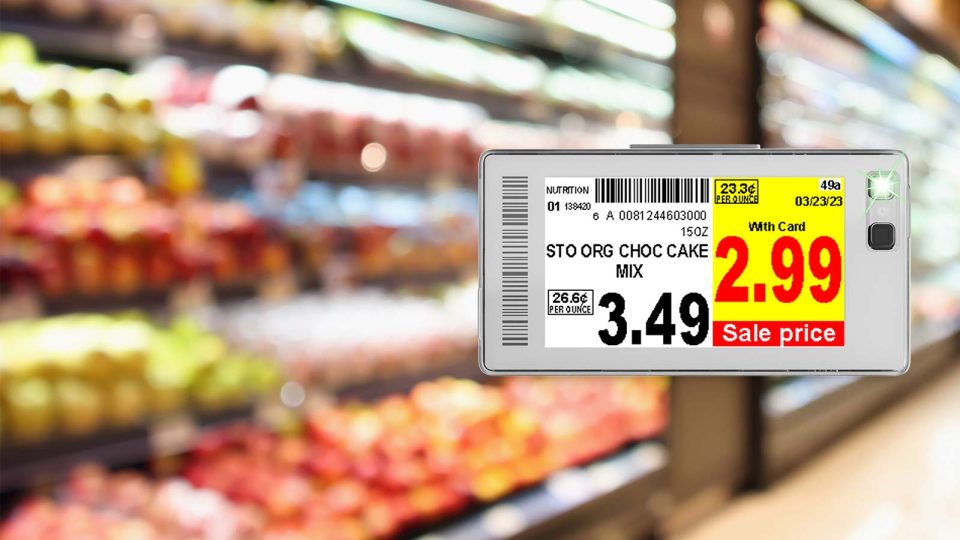New Pricer research reveals 79% of consumers link loyalty directly to price consistency
72% assume frequent price changes mean prices are only going up
UK shoppers are taking a hard line on price fairness, with new research from Pricer, a leading global retail technology company, showing that price consistency across channels is now a key driver of customer loyalty.
The study finds a growing trust gap between what shoppers expect and what retailers deliver. Nearly eight in ten consumers (79%) say price consistency directly drives their loyalty, while 78% expect in-store and online prices to be identical. The same proportion (78%) say promotions should apply across all channels and two-thirds (66%) are frustrated by offers that are only available in one place.
For today’s consumer, fairness is non-negotiable. Any perceived inconsistency—between shelf and website, or in promotions—undermines trust and directly threatens retailer credibility.“Price integrity has become a hygiene factor,” said Finn Wikander, Global CPO at Pricer. “When shoppers see one price on a shelf and another online, it feels unfair and they vote with their feet. This research shows that retailers who fail to unify their prices and promotions across channels are actively pushing their customers to competitors.”
The findings also reveal how cost vigilance is shaping new shopping behaviours. 78% of shoppers say they are now more price conscious, 74% actively seek discounts and promotions, and the same number (74%) compare prices at the shelf. Almost two-thirds (63%) say they split their shop across multiple stores to get the best prices.
Meanwhile, dynamic pricing is emerging as a flashpoint for mistrust. Nearly three-quarters (72%) of consumers interpret frequent repricing to mean prices are ‘only going up.’ Half (50%) are frustrated when instore information, such as stock or product details, does not match what they find online.
“Shoppers are seeking both value and fairness,” added Finn Wikander. “They’ll hunt for deals, but they still expect retailers to keep pricing predictable and transparent. Using digital shelf-edge solutions including Electronic Shelf Labels to align pricing and promotions in real-time is the most visible way to deliver that promise of fairness.”
The physical shelf-edge is now the critical battleground for rebuilding trust. A clear majority of shoppers say they want more and better information on shelf labels, with 69% saying this matters most when purchasing higher value items.
Pricer’s research underlines the role of modern Electronic Shelf Labels (ESLs) in meeting these expectations. By synchronising instore and online pricing, enabling instant promotional updates and providing clear explanations of price changes, ESLs allow retailers to restore trust at the point of decision.
The message for retailers is for them to rebuild trust through transparency. Fragmented pricing strategies are no longer sustainable. Retailers must first commit publicly to price parity across store and online channels, removing any perception of unfairness caused by channel-exclusive offers. A product must cost the same wherever a shopper chooses to buy it is now a basic expectation, not a competitive advantage.
Next, retailers should modernise the shelf-edge with digital pricing technology such as ESLs to maintain real time alignment across every channel. These solutions make it possible to display consistent prices, clearly explain promotional rules and show start and end dates to reinforce transparency.
Dynamic pricing must also be accompanied by narrative and context. Retailers should use the shelf-edge to explain price movements, such as noting when a product is now 10% lower than last week, or confirming that it has been price-matched online, to counter the perception among 72% of consumers that prices only ever rise.
Finally, retailers need to ensure full alignment between the information shoppers find online and what they see in store. Stock, pricing and product details must be identical to eliminate the frustration experienced by half of all shoppers when they encounter discrepancies.

